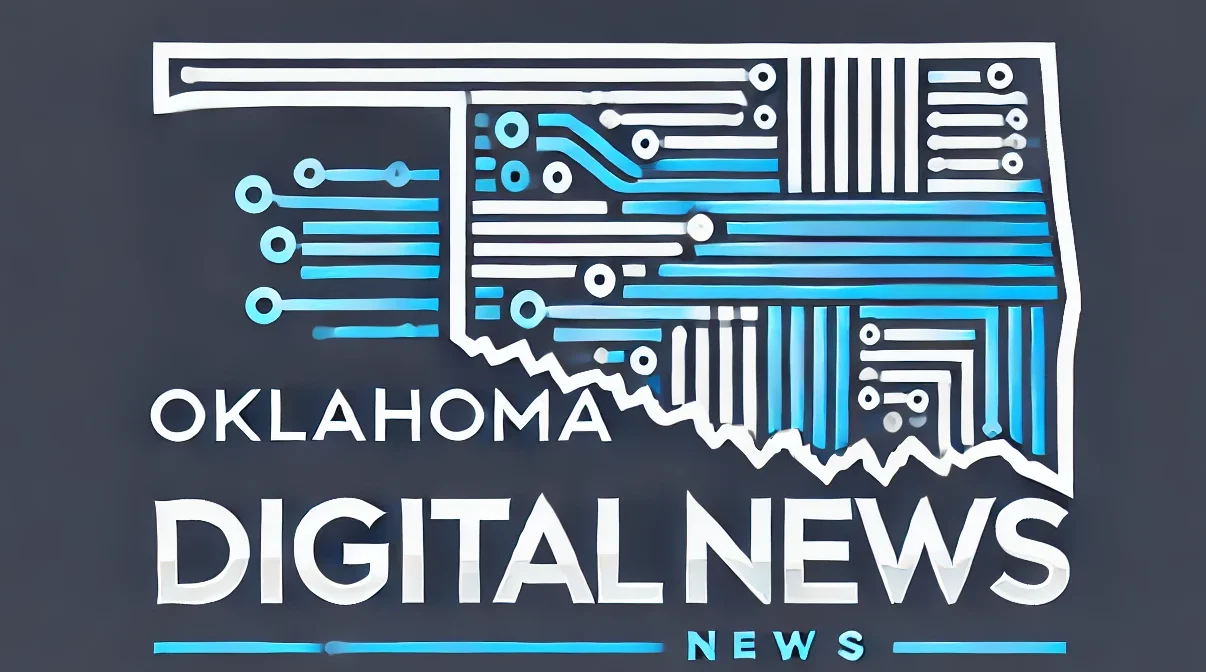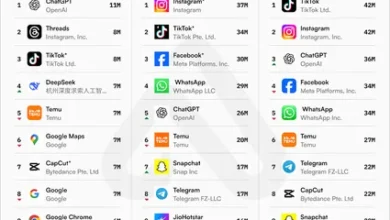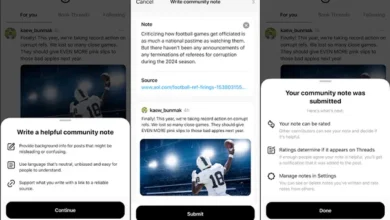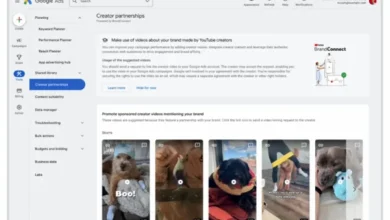Meta Shares New Stats on VR Engagement the Future of the Metaverse
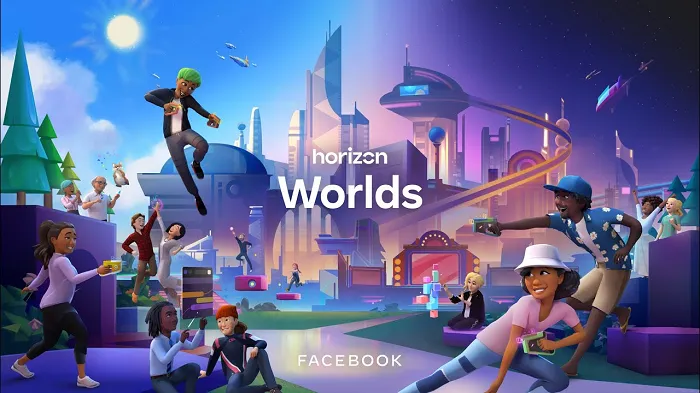
While I do think that Meta went early with its metaverse-inspired rebrand, which has negatively impacted the perception of its next-level initiatives, there are growing signs that the metaverse is coming, and that Meta will be the leader in the next stage of digital connection.
Over the past year, sales of Meta’s Reality Labs products, including Quest VR headsets and Ray Ban Meta glasses, have grown, with Q4 delivering record sales numbers for the business unit.
And now, Meta’s preparing for its next push, with its VP of Metaverse Content Samantha Ryan outlining a new approach to VR and AR developers that aligns with this shift.
As per Ryan:
“A broader range of people are buying Quests, and this expansion has changed some of the tenets of our ecosystem that were previously taken for granted. It has also created important new opportunities for developers and creators.”
According to Ryan, Quest device sales increased in 2024, and people spent more time on average in Quest 3S devices than any other headset at launch.
And that’s not all. The data also shows that the majority of new device sales in 2024 were people getting their first Quest headset, while users, overall, are now spending more time using the device.
“People also spent more money across Quest devices. Total payment volume on the platform rose 12% in 2024, driven by significant growth of in-app purchases.”
Young users are a key focus within this shift, with younger audiences making up a growing share of Meta’s VR user base. As a result, Ryan notes that Meta’s focused on building a social-first platform, where these users can play games with friends, and/or engage in social hangouts.
Which is where external developers come in, and also where Meta’s now seeing some friction.
In order to facilitate broader VR development, Meta’s looking to enhance its tools for developers, and improve its offerings that will facilitate expanded creation, in order to capitalize on this interest.
Though some reports suggest that VR developers are not entirely happy with Meta’s approach, noting that it’s putting too much focus on its Horizon Worlds social VR experience over other projects, and often prioritizing its Horizon elements over external offerings.
According to Upload VR, which spoke to several VR development studios, developers are concerned that Meta’s focus on younger users through social VR is pushing them towards cheaper, clone-style options, which aim to capitalize on this specific audience.
Which makes sense. Meta knows that it needs younger audience adoption to make the metaverse a thing, and younger users are already accustomed to interacting in game worlds, via existing experiences like Fortnite, Minecraft, and Roblox. These social gaming experiences now each provide a range of free gameplay options, and focus on add-ons to make money. And as such, it seems logical for Meta to be looking to the same, though the focus on in-world games is less enticing to VR developers who are looking to expand the medium, and gain traction for their titles.
Still, Meta’s VR platform is well advanced, and well ahead of any competitor. Which could mean that VR studios will need to align with Meta’s push either way. And if these in-Horizon projects catch on with younger audiences, you can bet that’s where Meta will be looking, with the expanded impacts potentially limiting VR development in broader projects.
Which is a bit of a catch-22, in that Meta needs to get as many users as possible engaging in these worlds, but also wants to offer new experiences to entice more consumers.
In some ways, developing more Horizon experiences makes sense, as it really needs social experiences to power word-of-mouth, and get more people coming to its metaverse expansion. But it could also limit VR growth, and the opportunities for developers.
Still, the signs do indicate that VR is growing, and that points to the metaverse becoming a real thing, within the original ten-year timeline that Meta outlined.
And if Meta can align with developers to ensure more experiences are also flowing in, that could be another big step towards that next phase.
Source link
